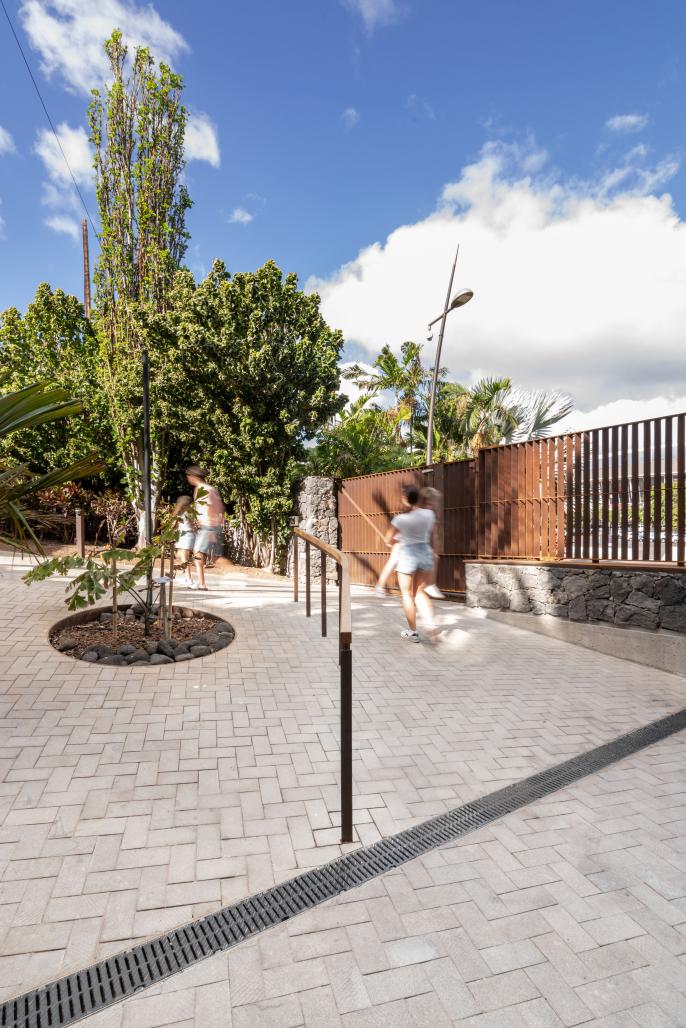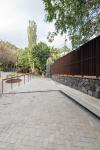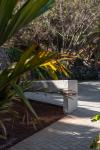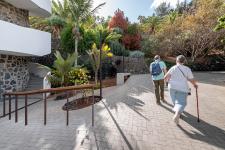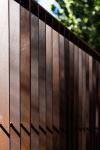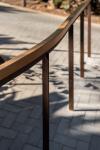The Palmetum Botanical Garden of Santa Cruz has a very peculiar history, whose creation posed a challenge that lasted more than twenty years. The Park we know today is built on a mountain of garbage, on land reclaimed from the sea, which served as the city's landfill during the 1970s. In 1983, the landfill was permanently closed, leaving a 40-meter-high mountain battered by the wind.
Since 1996, efforts have been made to transform a completely degraded space into a place dedicated to nature, which now boasts around 3,000 species of plants from tropical and subtropical climates worldwide, as well as a rich variety of birds and insects.
In 2021, Palmetum announced a competition to provide new facilities for the park with specific interventions in three sectors. The consortium Jorge Díaz Estudio – Equipo Olivares won two out of the three proposals submitted.
This intervention is located at the park's entrance, serving as the access point for visitors, maintenance vehicles, administrative staff heading to the office area, and the elevator providing an accessible route.
Previously, the level difference was addressed by an adapted ramp, a winding and insufficient path for the number of visitors at peak times, which also impeded access for maintenance trucks.
The project aims to solve the existing level difference through a single inclined plane with an accessible slope, respecting the existing vegetation and introducing new urban furniture elements to create a wide and pleasant space from which to start the park tour
2022
2024
The exterior fencing and the new motorized gate for vehicle access are constructed from flat bars of weathering steel plates arranged at a 45° angle to the horizontal plane. The wall supporting the slats is constructed of irregularly cut traditional basalt stone masonry. The benches are meticulously crafted from smoothed and polished reinforced concrete.
The railing, crafted from weathering steel and featuring handrails made from mulberry wood, complies with accessibility regulations and gently curves along its path. The pavement is made of locally quarried basalt stone pavers laid in a precision-cut herringbone pattern, while the retaining elements are constructed from weathering steel plates.
This limited palette of materials — basalt stone, mulberry wood, weathering steel, and polished concrete — and construction solutions will be replicated in other interventions being developed within the Palmetum. This approach aims to establish common criteria and a cohesive design language across the new facilities of the botanical garden.
Architects: Jorge Díaz Estudio / Equipo Olivares Arquitectos
Photography: Flavio Dorta
